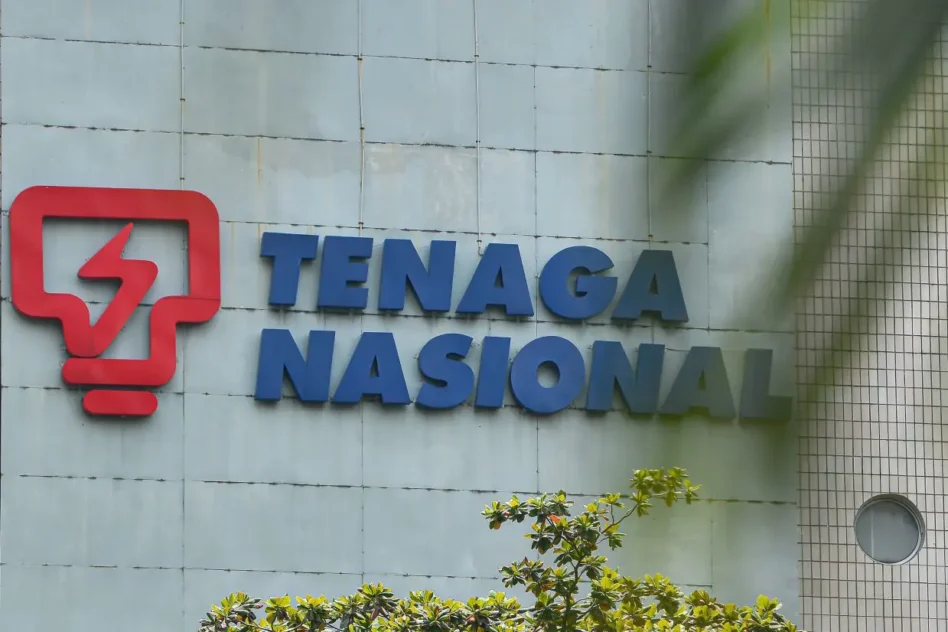VIETNAM, Malaysia, Thailand and Cambodia are the US’ top four sources of imported solar panels. Collectively, these four countries accounted for an estimated 82% of US solar panel imports in 2024.
Vietnam and Thailand alone accounted for 35.5% and 23.7%, respectively, making up more than half of US module imports.
In terms of solar cells, the four affected Southeast Asian countries account for close to 60% of US imports, with Malaysia accounting for the largest share of 32%.
Based on an analysis by the National Renewable Energy Laboratory (NREL) in December 2024, solar cells produced in the US using domestically sourced wafers and polysilicon would have a cost premium of USD0.135/watt over cells produced in Southeast Asia, or a 139% premium.
The primary drivers behind the higher US costs are a less developed supply chain, higher cost of capital, higher labour cost and more rigorous environmental controls.

“However, considering that the tariffs slapped on the four Southeast Asian countries are much higher than this cost premium, we reckon the latest tariff is sufficiently high to have an impact on the volume of imported solar cells and modules from these exporting countries into the US,” said TA Securities (TA) in the recent Thematic Report.
TA anticipate several potential outcomes from the latest development:
(i) Supply chain shifts – manufacturers may shift production to countries not affected by the tariff such as India, Indonesia, Laos and South Korea leading to temporary disruption and adjustment in the global supply chain.
(ii) Increased cost for US solar energy developers as the increased tariffs will temporarily increase the cost of solar panels in the US.
(iii) Domestic substitution – eventually the tariffs may encourage more investment into US domestic solar cell/module production leading to increased capacity.
In the short-term, TA reckons there could be some volatility in global solar module prices given potentially idled capacity within the four affected countries before US import substitution (whether domestically or from alternative import sources) kicks in.
“Nevertheless, we believe the impact may not be too significant considering that US panel imports accounts for just 5% of global panel manufacturing capacity, in our estimates,” said TA.

In addition, given that manufacturers are now barely breaking even, TA believes global solar module prices may already be close to reaching a floor at current levels.
Given that most of the local listed solar players operate within the downstream segment, mainly in the EPCC and asset ownership space, TA believes the latest solar cell/module tariff by the US would have a largely neutral impact on the sector, notwithstanding potential positive implications.
TA remains overweight on the sector premised on:
(i) Demand-supply tightness in the generation market
(ii) Record-high RE rollout
(iii) Expansion in grid capex to accommodate the energy transition. —Apr 23, 2025
Main image: buysolar









